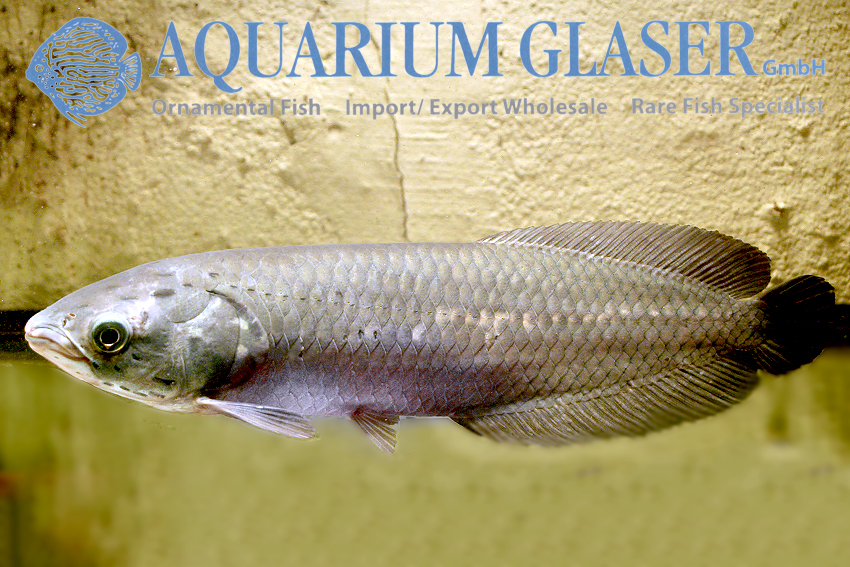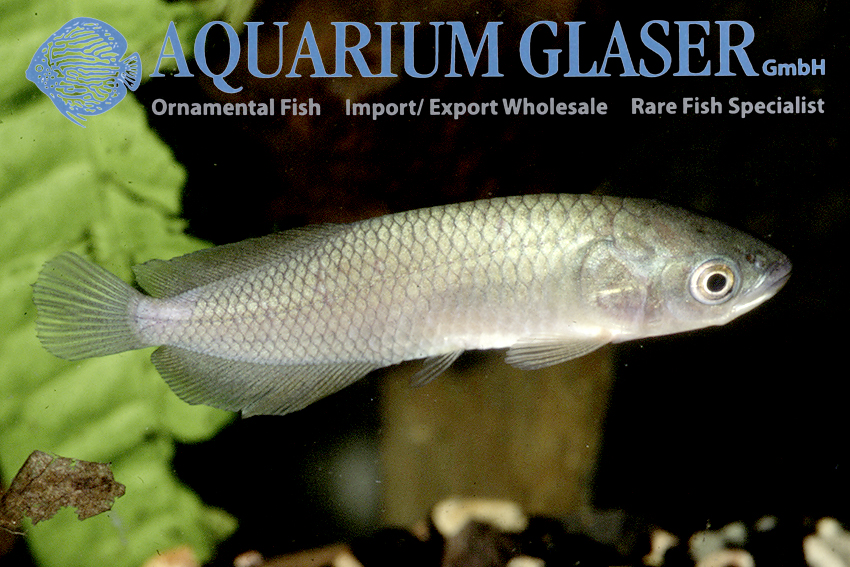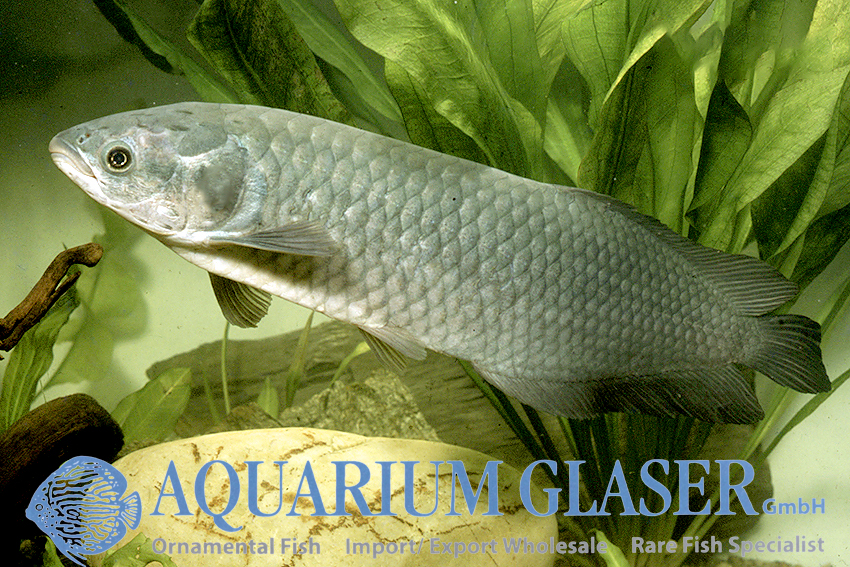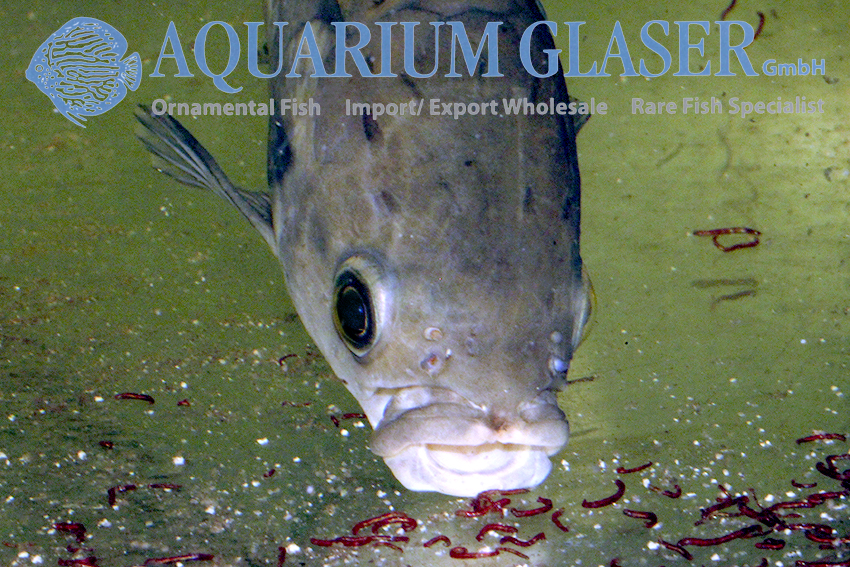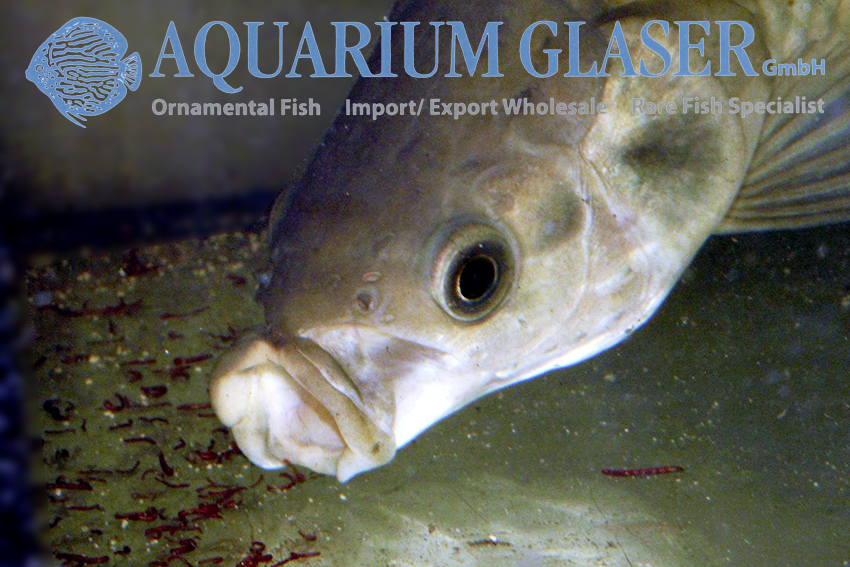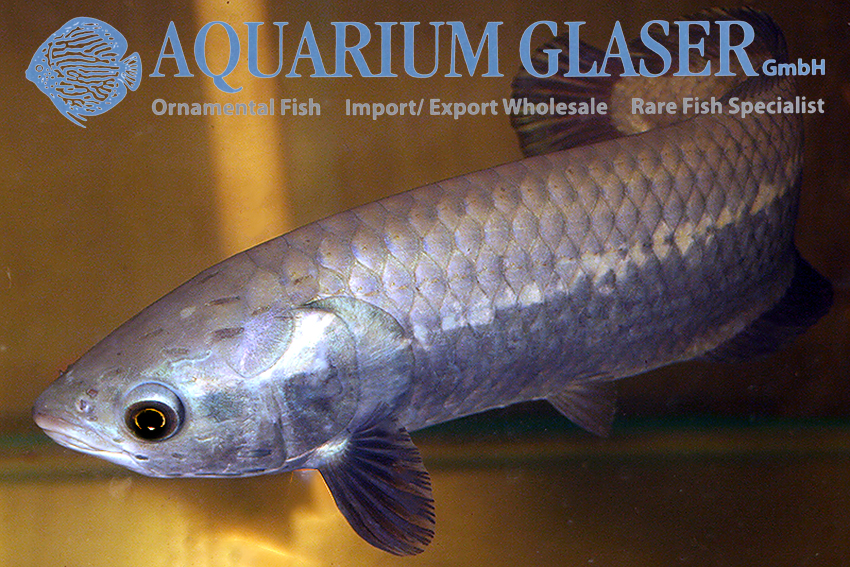
Despite the fact that Heros severus is the type species of the Heros genus, this species is the most uncharacteristic representative of this group. This is mainly caused by its reproducing behaviour, which is mouthbreeding and untypical for Heros, because they are all substrate breeding. Also the coloration is different from the other members of the genus. The care however is typical for a Heros representative. Heros severus should be kept in water with soft up to medium hard water with a pH around neutral. Hard water is tolerated as well although the coloration might then be fading. Also the fish might be more prone to diseases or show signs of deterioration. Vegetarian substances should be added to their menu and they are known to devour aquatic plants as well. Live and frozen food is also taken eagerly and even dry foods, being large flakes or sticks, are eagerly taken by this up to 25 cm large beautiful and fascinating cichlid. (Photo & Text:Thomas Weidner)
| Angaben zum Tier | |
|---|---|
| Herkunft | Brasilien, Kolumbien, Venezuela, Amazonas, Orinoko |


































